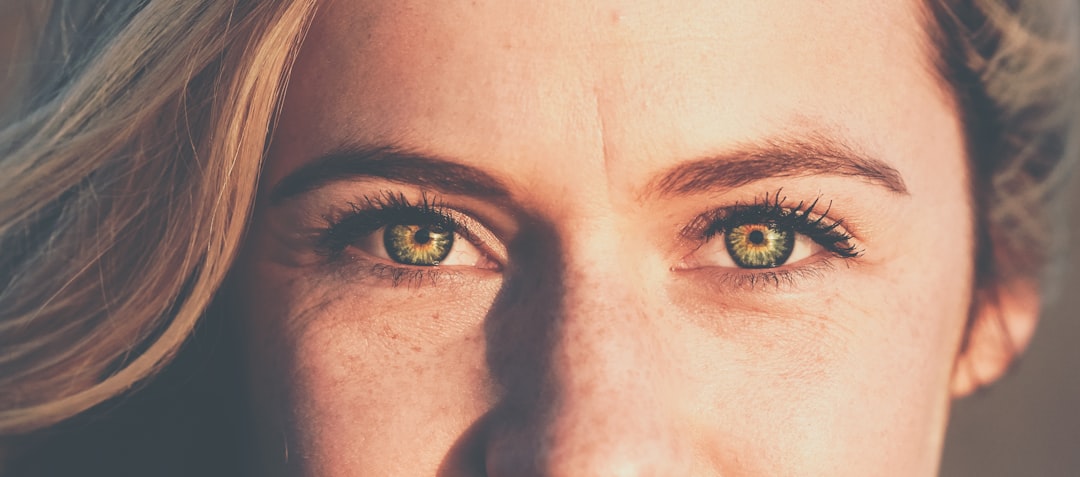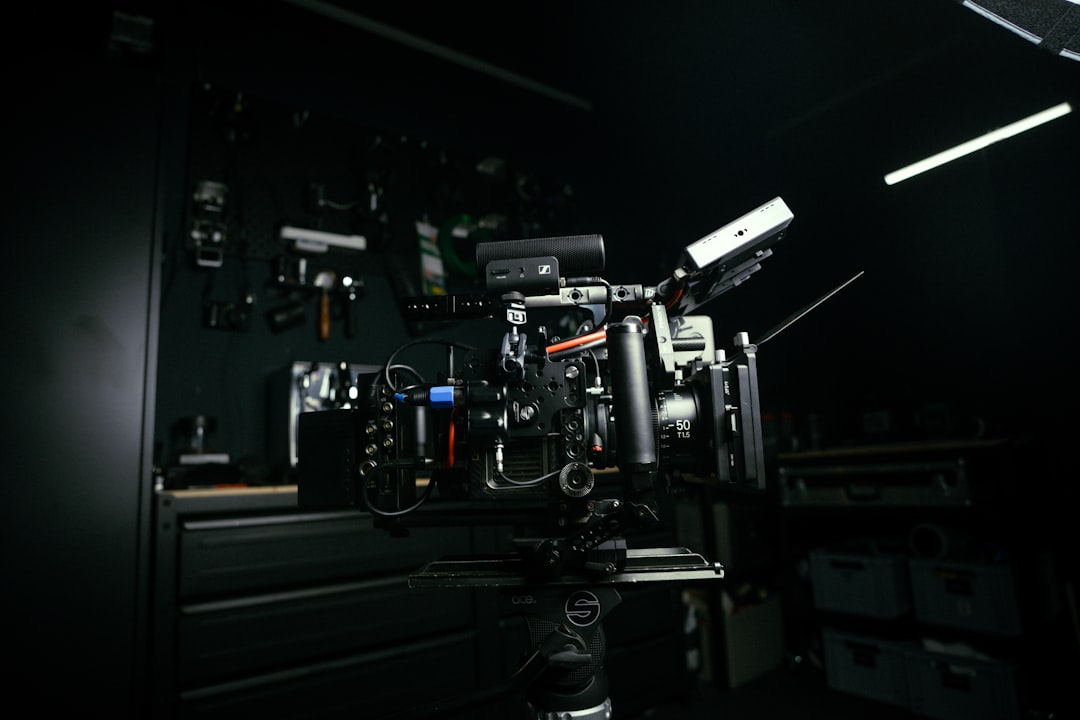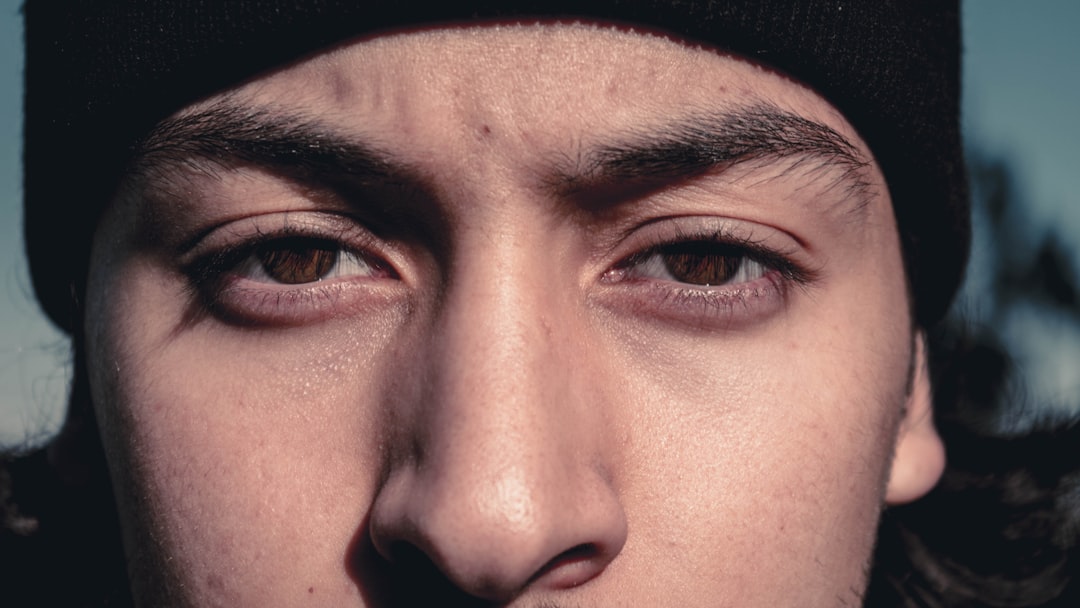When it comes to creating emotionally compelling and visually dynamic videos, professionals often rely on one essential technique: the strategic use of close-up shots. These shots do more than just show a subject up close—they are powerful storytelling tools that can inject intensity, drama, and connection into your video. Whether you’re a filmmaker, YouTuber, or content creator, knowing how to add close-ups the right way can elevate your final product from average to extraordinary.
Contents of Post
Why Close-Up Shots Matter
Close-up shots play a crucial role in guiding the viewer’s attention. By isolating a character’s face or a significant object, these shots help emphasize emotions, convey critical information, and create an intimate feel. Think of a tear rolling down a cheek, a slight smirk, or the nervous tapping of fingers—moments that lose impact if captured from a distance.

When to Use Close-Ups
To use close-ups effectively, timing is everything. Here are some key moments where a close-up can be incredibly impactful:
- During emotional dialogue – Showcase subtle expressions that reveal a character’s true feelings.
- To highlight important details – Such as a letter, phone screen, or a symbolic object.
- In dramatic tension – Zoom in as tension rises to create a more immersive experience.
- To introduce key characters – Especially if their appearance is emotionally important or surprising.
Techniques for Professional-Looking Close-Ups
Not all close-ups are created equal. To capture shots that really resonate with your audience, consider these professional techniques:
1. Use a Shallow Depth of Field
A blurred background makes your subject pop, drawing the viewer’s eyes exactly where you want. This is easily achieved with prime lenses with wide apertures (like f/1.8 or f/2.8).
2. Frame Intuitively
The “rule of thirds” can still apply in close-ups. Position the eyes around the top third of the frame to maintain visual balance while keeping things intimate.
3. Adjust Lighting to Add Depth
Lighting plays a huge role in close-ups. Use soft lighting to flatter faces or hard lighting to add dramatic shadows for effect.
4. Don’t Overuse Them
Close-ups are most powerful when used sparingly. Overusing them can make the video feel claustrophobic or emotionally overwhelming. Mix in wide and medium shots to maintain pacing and context.

5. Match Shot Emotion to Scene Tone
A tight-framed, shaky close-up might convey anxiety, while a steady, softly lit one might evoke calm or sadness. The way you shoot a close-up should match the scene’s emotional goal.
Editing Tips to Perfect Close-Ups
Editing is where the magic comes together. Here’s how to fine-tune your close-ups during post-production:
- Color grade carefully: Adjust tones to match the emotional tone of the close-up—warm for joy, cool for sorrow, etc.
- Cut at the right moment: Enter and exit the close-up at a beat that supports the rhythm of the scene.
- Stabilize shaky footage: Unless intentional, shaky close-ups can distract. Use software stabilization when needed.

Final Thoughts
Incorporating close-up shots like a pro isn’t just about pointing the camera closer. It’s about understanding the emotional impact and creating visuals that truly engage your audience. With the right choices in framing, lighting, timing, and editing, you can make your videos more expressive and memorable than ever before.
FAQ: Close-Up Shots in Video
- Q: What focal length is best for capturing professional close-ups?
A: A lens between 50mm and 85mm offers natural-looking close-ups with minimal distortion, making it ideal for facial shots. - Q: Can I use digital zoom for a close-up?
A: While convenient, digital zoom often reduces quality. Opt for an optical zoom or physically move the camera closer when possible for sharper results. - Q: How can I make a close-up less boring?
A: Use dynamic lighting, facial expressions, and camera movement (like a slow dolly or tilt) to add visual interest. - Q: Are close-up shots useful in documentaries?
A: Absolutely. They can capture raw emotion or important details that help tell a more compelling true story. - Q: What editing software is best for enhancing close-up shots?
A: Popular programs like Adobe Premiere Pro, Final Cut Pro, and DaVinci Resolve offer advanced tools for color grading, stabilization, and fine-tuning.

